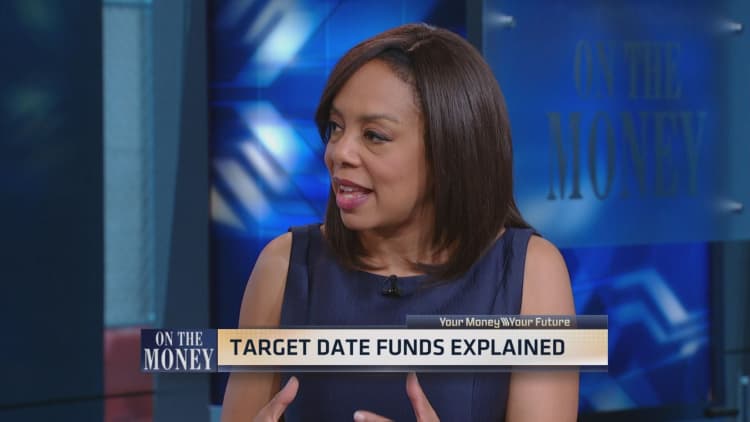
It is easy to find evidence that Americans' retirement preparations are modest at best.
Fewer than seven in 10 workers report having saved for retirement, and more than half say they have less than $25,000, according to the Employee Benefit Research Institute. In retirement, 22 percent of married couples and 47 percent of unmarried people count on Social Security for at least 90 percent of their income.
Yet Americans are improving, and doing so faster than any other country, according to new research from the Transamerica Center for Retirement Studies in conjunction with the Aegon Center for Longevity and Retirement.
Preparedness in Britain improved almost as rapidly, and the researchers identified a cause: Both countries have increased the number of workers who are automatically enrolled in retirement plans, in Britain's case through legislation, and in the United States, via employer action.
"This is no coincidence," the study reports.
The Aegon study assessed retirement readiness on a scale of one to 10 by asking six questions on topics such as income replacement in retirement, responsibility for retirement security and the quality of people's retirement plans.
Overall, in the nine countries that have been surveyed since 2012, retirement readiness rose to 5.5 from 5.2. In the United States, however, that figure increased to 6.7 from 5.6.
The U.S. improved on all six questions, said Catherine Collinson, executive director of the Aegon center, while other countries had more mixed results.
"In all the countries in the survey, the U.S. ranks as one of the highest, if not the highest, in the level of personal awareness and the need to save for retirement," she said.
Yet even with the higher score, the quality of retirement readiness in the U.S. ranks as medium, according to Aegon.
For one thing, workplace retirement plans with automatic enrollment typically set their default contribution rate at roughly 3 percent, well below what people generally need to put away in order to attain retirement security.
And many appear to be sticking with that rate, even though Collinson said 75 percent of American respondents found the idea of automatic enrollment at 6 percent of their salary to be "somewhat" or "very appealing."
In addition, when U.S. employers do offer automatic enrollment, they often reduce the level at which they will match contributions, according to a study by the Center for Retirement Research at Boston College.
Then there is the matter of the large share of American workers who do not have access to a workplace retirement account at all. Only 58 percent of American workers have a retirement plan available to them at work, according to an analysis by The Pew Charitable Trusts.
That could soon change. Numerous states are considering or implementing state-based retirement savings plans for residents without workplace options, for example. And a group of Democratic members of the House of Representatives are pushing the White House to require firms with federal contracts to automatically enroll workers in their own retirement plans, or alternatives such as the Myra government-run savings plan.







